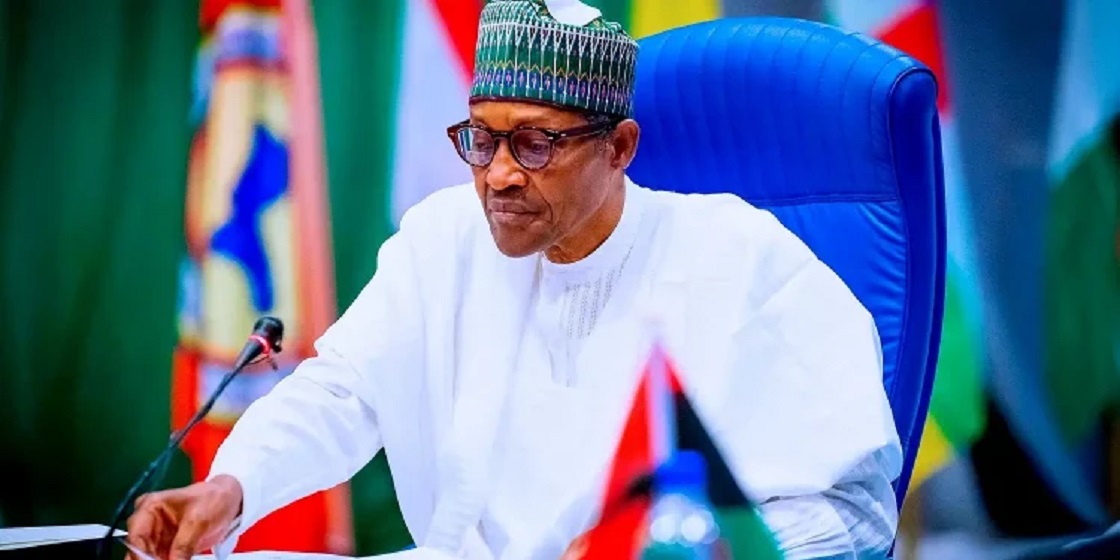The official commissioning of the Second Niger Bridge is slated for Tuesday (tomorrow), however President Muhammadu Buhari will be physically absent.
The N336 billion bridge, regarded as a legacy project, will be commissioned alongside six other road projects by the president using an internet platform called Zoom, according to sources in the works ministry who do not want to be named in print.
However, one of the sources pointed out that the expressway between Lagos and Ibadan is not a component of the six-road project that will be put into service.
This is in spite of Babatunde Fashola, the minister of works and housing, making guarantees that it would be finished by April 30.
According to the sources, “the second Niger bridge will be opened on May 23.” Zoom will be used by the president to conduct the ceremony. Six additional road projects will also be started.
Staff from the ministry have already arrived in Asaba, Delta State, where preparations for tomorrow’s event are well under way.
Tolu Ogunlesi, the President’s Special Assistant on Digital and New Media, also made a suggestion that some initiatives will be formally made available to the public on Sunday, during the outgoing president’s transition week.
The launching of three brand-new bridges—the Second Niger Bridge, the Loko-Oweto Bridge, and the Ikom Bridge in Cross Rivers—will make this the most significant Transition Week in Nigerian history.
After over 50 years of broken promises by various administrations, the bridge was finally finished in October 2022, according to the Works and Housing Minister Babatunde Fashola.
The Federal Government also opened the Second Niger Bridge on December 15, 2022, to help with holiday traffic in the South-East.
Shehu Shagari, a candidate for the National Party of Nigeria in 1978–1979, first suggested building the Second Niger Bridge during that year’s political campaign.
The Second Niger Bridge, which was designed after Lagos’ Third Mainland Bridge, undoubtedly has all the features of a modern bridge, including a smooth surface and roomy terrain that make for a comfortable ride.
The new bridge is wider and can support more than six vehicles on its lanes; it also has a demarcation that separates inbound and outbound cars, whereas the old bridge lacks these features because it has grown too narrow to support the growing number of vehicles. These are just a few of the differences between the old and new bridges.
The 1.6-kilometer-long bridge connects the states of Delta and Anambra.
The project is intended to relieve traffic on the current Niger Bridge, stimulate the economy, and link the South-East to the rest of the nation.
The ministry’s spokesperson, Blessing Adams-Lere, could not be reached for comment as of the time of publication, making attempts to contact her fruitless.



